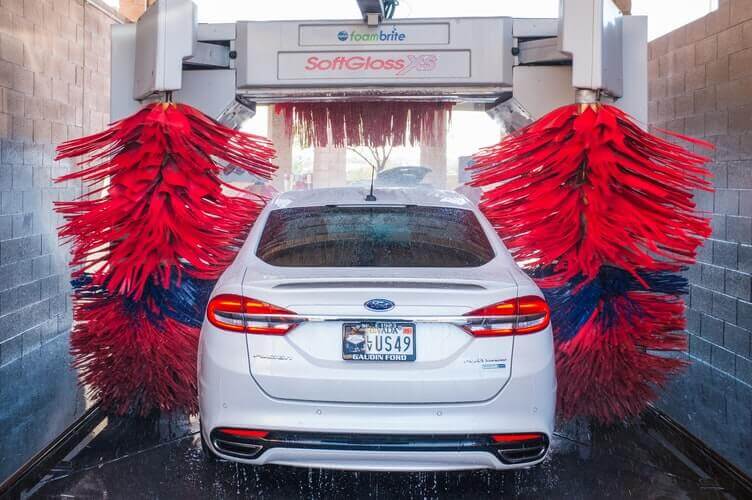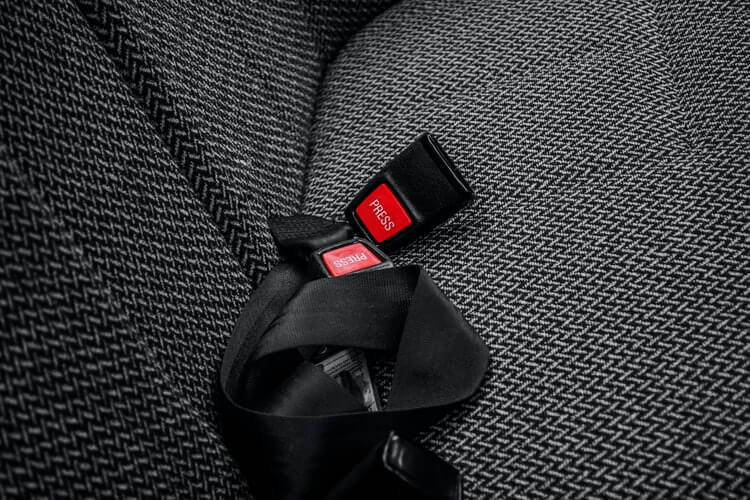Can You Wash Seat Belts
Your seatbelts are probably the most used pieces of equipment in the vehicle, but the most neglected ones.
Why is that so?
The truth is, whenever you’ve gone to a car wash, no one is paying attention to them, neither you nor the guy washing your car. Still, the seatbelts are full of germs, stains, dirt, and should be cleaned regularly. That being said, yes, you need to wash them as often as possible. You can do that DIY, in the backyard of your home.
By washing them, you won’t just eliminate dirt, but bad odors as well, especially if you’re a smoker. But to do that correctly, the first step is to obtain a cleaner and other materials for the cleaning process.











